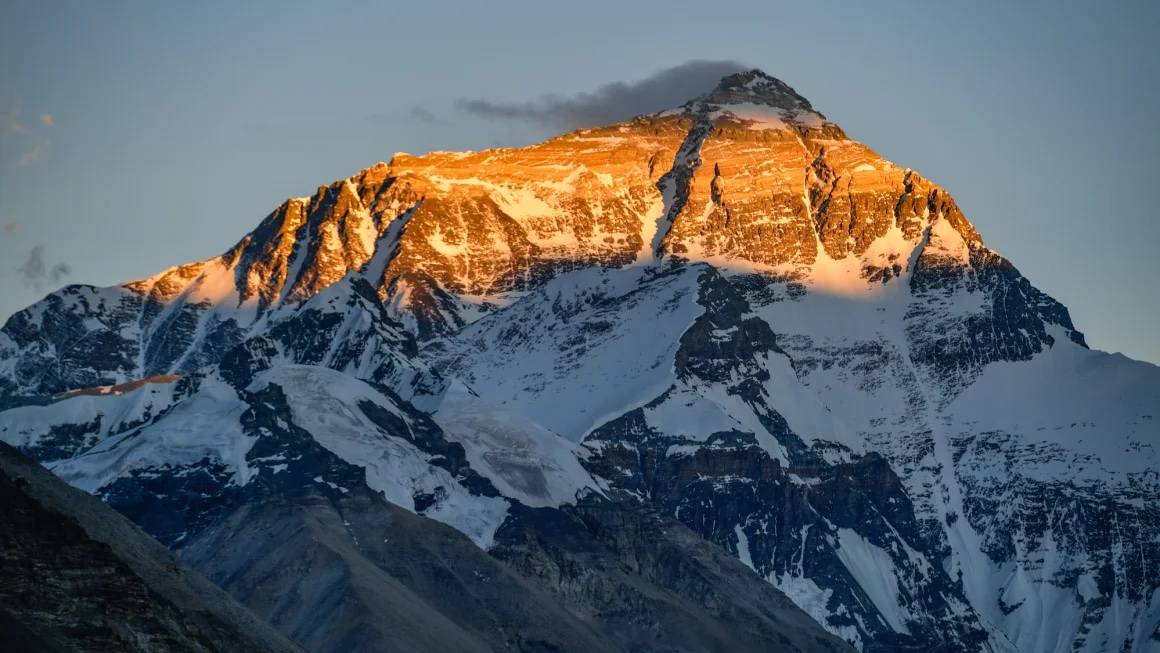China reopens Mount Everest for foreign climbers via Tibet after pandemic hiatus.
The window to climb Everest is small—usually between late April and mid-May.

Dubai: After a year-long hiatus due to the pandemic, China has reopened the northern route to Mount Everest for foreign climbers via Tibet. The move relieves adventure enthusiasts, as the route is known for its safety and lack of overcrowding compared to the more popular Nepal route.
While obtaining a permit to climb the world's tallest mountain is not easy, renowned mountaineer Adrian Ballinger and his company, Alpenglow Expeditions, are set to lead a group of climbers through the China Tibet Mountaineering Association (CTMA) this season.
Ballinger, who has summited Everest eight times, is one of the Western guides who prefers the Tibet route to the top of the mountain instead of the more well-known Nepal route.
However, all passes to use the Chinese route up the mountain, known in China as Qomolangma, are distributed by the CTMA instead of a tourism official or council in Beijing. There has also yet to be an official announcement released by the Chinese government notifying the public that passes will be given out. As a result, the best way for a non-Chinese climber to know that the Tibet side of Everest will be open is when the CTMA sends out a price list for the season. These lists include the costs of yaks (which carry gear up and down the mountain), local guides, translators and transport from Tibet's capital of Lhasa to Everest Base Camp.
Foreigners who obtain tourist visas to China must get an additional, separate permit for Tibet, a semi-autonomous region. The CTMA assists with this for climbers, but there are only 300 permits available annually for non-Chinese climbers.
The window to climb Everest is small—usually between late April and mid-May. To save time, Ballinger's team will arrive in China on April 25 after pre-acclimatizing at home.
While the Nepal route remains more famous and more photographed, the more significant number of visitors correlates to more trash, erosion, and human waste. In contrast, climbing from the Chinese side was more popular, as it was considered safer.
However, in 2008, China hosted the Summer Olympics in Beijing, and before arriving in the capital, the Olympic Flame travelled to Everest. Despite tourists already being ready to tackle the world's highest peak, the Chinese government shut down the mountain for the entire season, causing many to lose money. As a result, the business shifted to the Nepali side that year.
With foreign climbers able to access Everest via the northern route through Tibet for the first time since 2020, that trend may slowly reverse. The reopening of the Tibet route provides a glimmer of hope for climbers who may prefer a safer, less crowded, and more adventurous route to the top of the world's highest peak.

